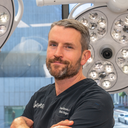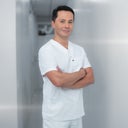To my knowledge, no one has calculated the risk of fat embolism from breast fat transfer.


